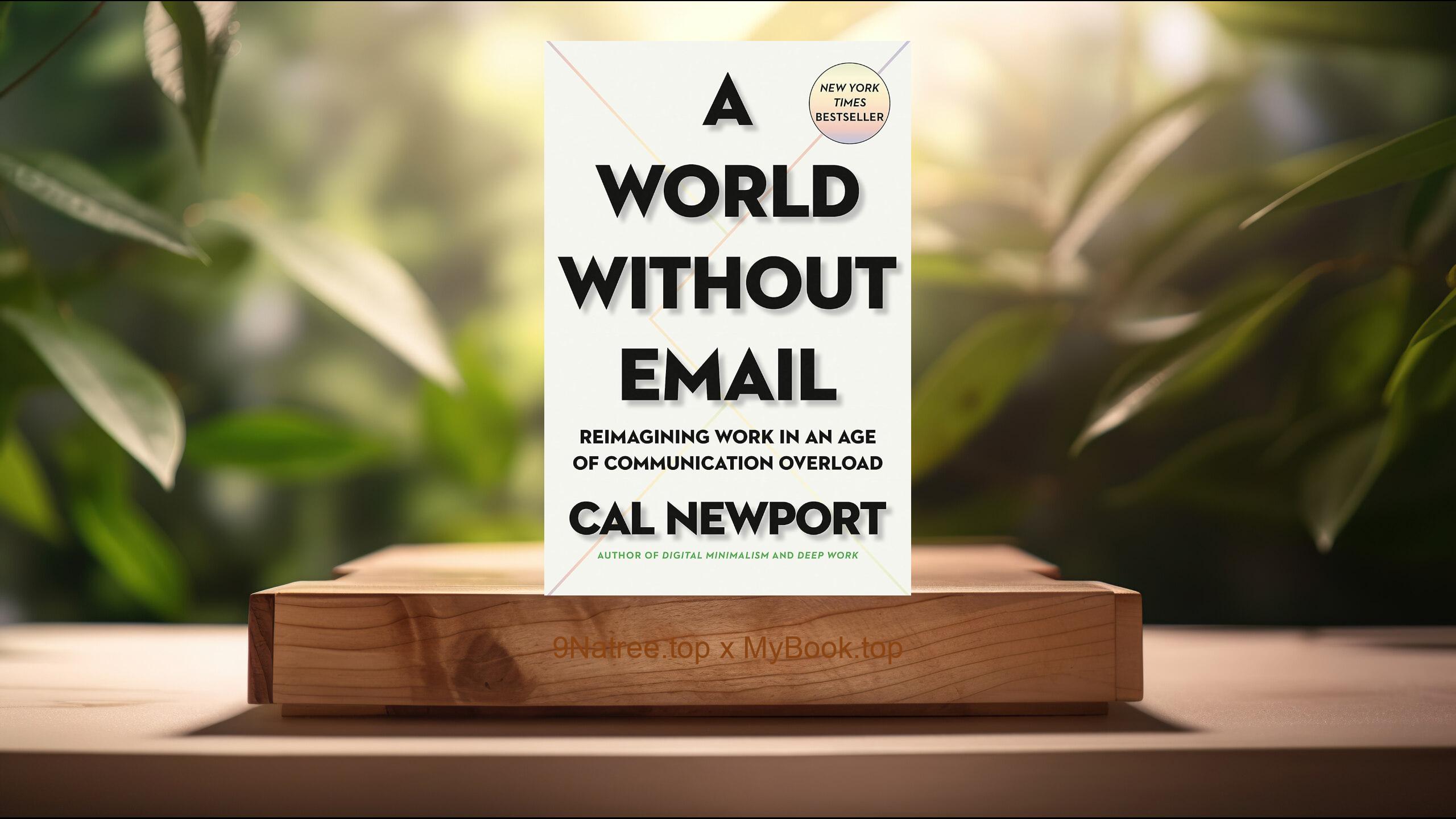Show Notes
- Amazon US Store: https://www.amazon.com/dp/B00HDMMEP2?tag=9natree-20
- Amazon Worldwide Store: https://global.buys.trade/Empathy-Why-It-Matters-and-How-to-Get-It-Roman-Krznaric.html
- eBay: https://www.ebay.com/sch/i.html?_nkw=Empathy+Why+It+Matters+and+How+to+Get+It+Roman+Krznaric+&mkcid=1&mkrid=711-53200-19255-0&siteid=0&campid=5339060787&customid=9natree&toolid=10001&mkevt=1
- Read more: https://mybook.top/read/B00HDMMEP2/
#Empathy #Socialchange #Emotionalintelligence #Digitalcommunication #RomanKrznaric #Mirrorneurons #Historicalempathy #Practicingempathy #Empathy
These are takeaways from this book.
Firstly, The Science of Empathy, Empathy, as Roman Krznaric explains, is not just a soft emotional skill, but a powerful and necessary trait rooted in biology and psychology. He delves into the neuroscience behind empathy, emphasizing how our brains are wired to experience others' feelings. The mirror neuron system plays a critical role in this process, enabling individuals to mirror the emotions and experiences of others, which is the cornerstone of empathy. Krznaric also highlights the importance of emotional intelligence and its relationship with empathy, suggesting that improving our emotional IQ can enhance our capacity to relate to others. Understanding the science behind empathy is crucial for grasping its significance and the potential it has to transform personal relationships and societal structures by fostering a greater sense of connection and understanding among individuals.
Secondly, Historical Perspectives on Empathy, Krznaric presents a fascinating exploration of empathy's role throughout history, illustrating how it has shaped cultures, social movements, and historical outcomes. He recounts instances where empathy has been a pivotal element in driving societal change, such as the abolition of slavery and the women's suffrage movement. By analyzing these historical examples, Krznaric demonstrates how empathy can transcend cultural and temporal barriers, fostering an understanding and solidarity that can lead to significant social progress. These historical accounts serve as powerful reminders of empathy's potential as a catalyst for change, encouraging readers to consider how developing a deeper sense of empathy could impact current global challenges and social injustices.
Thirdly, Empathy in the Digital Age, In a world increasingly dominated by digital communication, Krznaric addresses the challenges and opportunities for empathy in the digital age. He explores how technology can both hinder and enhance our ability to connect with others on an empathetic level. Social media, for example, has the potential to create spaces for understanding and solidarity across vast distances, yet it also presents the risk of diminishing face-to-face interactions and fostering shallow connections. Krznaric argues for a balanced approach to technology, advocating for its use as a tool to spread empathy and understanding rather than as a barrier. He proposes practical ways to harness digital platforms for empathic engagement, emphasizing the importance of cultivating deep, meaningful connections in a digitalized world.
Fourthly, Practicing Empathy as a Lifestyle, Roman Krznaric provides readers with actionable advice on how to integrate empathy into everyday life, presenting it not just as a trait to be admired but as a lifestyle to be lived. He suggests various exercises and practices to cultivate an empathetic mindset, such as engaging with diverse groups, listening actively, and practicing perspective-taking. Krznaric underscores the importance of moving beyond our comfort zones to truly understand and connect with people from different walks of life. By making empathy a practice rather than a passive emotion, individuals can contribute to building more cohesive communities and nurturing relationships that are based on mutual understanding and respect. This section acts as a practical guide for readers seeking to embody empathy in their actions and interactions, providing a roadmap towards a more empathetic and connected existence.
Lastly, Empathy as a Tool for Social Change, The book culminates in a powerful argument for empathy as a pivotal tool for social change. Krznaric elaborates on how empathy can be leveraged to address some of the most pressing issues of our time, including inequality, conflict, and environmental degradation. He highlights successful initiatives and movements where empathy has been at the forefront, driving positive change and fostering a sense of global community. By encouraging individuals and societies to adopt a more empathetic outlook, Krznaric advocates for a shift in how we approach solving global challenges. This vision for an empathetically-driven world is both inspiring and practical, offering a hopeful perspective on the potential for empathy to transform the social and political landscape in profound ways.
![[Review] Empathy: Why It Matters, and How to Get It (Roman Krznaric) Summarized](https://episodes.castos.com/660078c6833215-59505987/images/1869423/c1a-085k3-1pd20z45fkn6-qwin0m.jpg)




